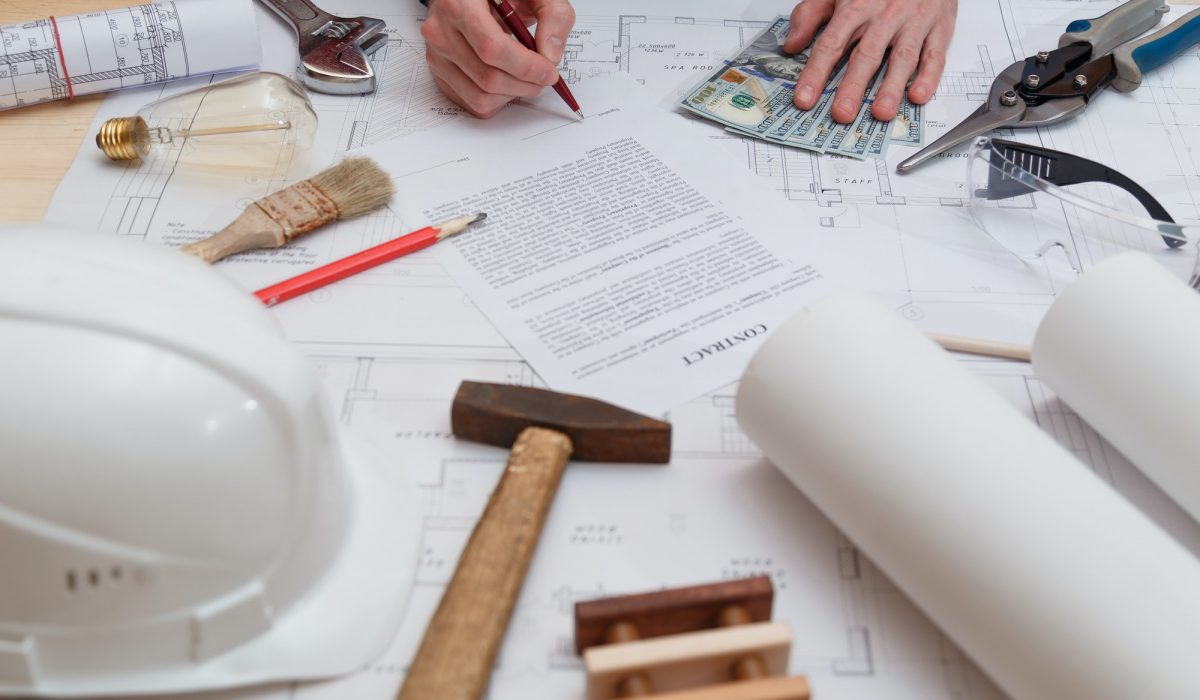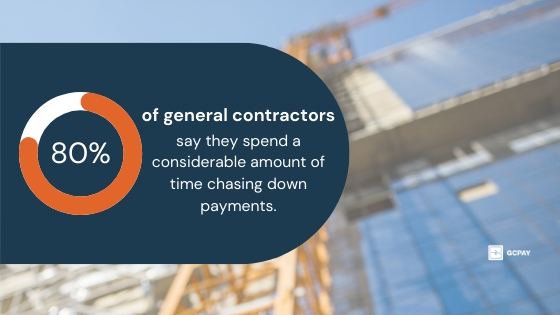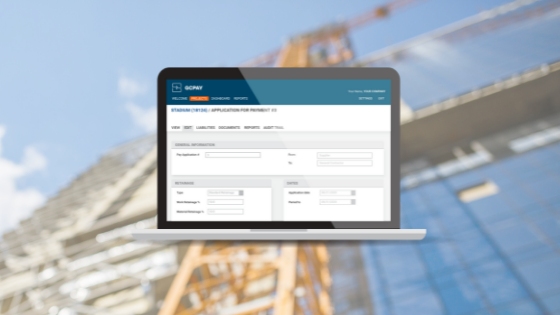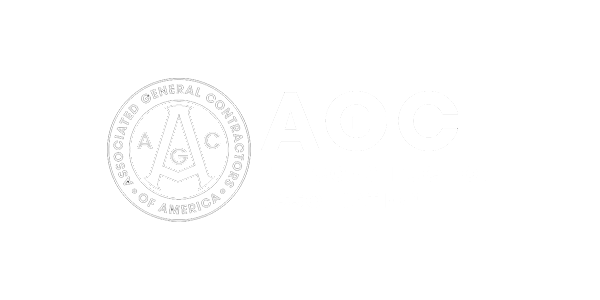Four out of five general contractors say they spend a considerable amount of time chasing down payments. After all, managing construction payments is often manual and unorganized – making it complicated and time-consuming.
In construction, payment requests aren’t as simple as sending an invoice. Instead, a payment application is required. Payment applications are also referred to as applications for payment and pay apps.
Pay apps are documents that provide details on labor, materials, change orders, and other project specifics. Essentially, it’s a request for payment with supporting documents and images. Common supporting documents in applications for payment include:
- Payment Application Form
- Schedule of Values
- Change Orders
- Lien Waivers
- Project Status & Schedules
- Additional Invoices & Receipts
- Visual Documentation
Even though completing payment applications is slow and complex, research shows that fewer than 1 in 3 general contractors use software to organize, send, and track payments and paperwork.
What is Payment Application Software?
To streamline payments between general contractors and their subcontractors, pay app software solutions automate and standardize the payment management process.
With payment application software, general contractors can:
- Easily create and exchange lien waivers
- Organize and collect compliance documents
- Protect projects against delays
- Improve communication with subcontractors
Best-in-class payment app software should integrate with your construction accounting software to save you time and make your payouts faster.
Who Uses Pay App Software?
General contractors and subcontractors everywhere benefit from pay app software’s functionality. Vertical construction contractors who specialize in commercial or multi-family projects choose GCPay as their preferred pay application software.
Whether you’re the CFO, controller, or financial analyst, you’ll use application for payment software to:
- Track pay apps
- Review monthly statements
- Monitor the progress of your projects
- Approve expenses
- Oversee financial operations
- Ensure project billings are issued and payments are collected and distributed
- Confirm compliance is met and waivers are collected
Key Benefits of Construction Payment Software
Construction companies who have already implemented pay app software declare the benefits of increased efficiency, more control (and less risk), and transparency.
How would you spend your time if you had automation that…
… Optimizes accounting tasks throughout the entire construction project lifecycle
…Connects information and systems, bringing together field teams with administration and accounting teams
…Provides insight into the financial health of individual construction projects or the entirety of your project portfolio
3 common reasons GCs love GCPay:
👉 Time
“GCPay saved our accounts payable and project management teams hours of work since it’s simple for project managers to review.” –Riley G (Review)
👉 Compliance
“Quickly and easily see the SOVs from subs, approve/reject the billing breakdown, and instantly alert the accounting team of the decisions. The process allows subs to be more accountable and responsible for their end of the process, and at the same time allows them to see that their documents have been submitted.” –Sergio O (Review)
👉 Support
“The support is, without a doubt, the best aspect of GCPay. Even though their product is top-notch, their service component is what makes them special. I make mistakes and need guidance a few times a month, and the GCPay support staff is there to guide me without long waits on the phone or difficulty resolving my issue. When you call, their response time always seems to be 1-2 rings.” –Pay App User (Review)
ERP Integrations
It’s incredibly important for your pay app software to integrate with your construction accounting software or ERP system. As a single source of truth for your contract and job data, it’s vital to work from your ERP and pull information into your pay app system.
GCPay software was created with this in mind. GCPay integrates with Sage 300, Viewpoint Vista, and CMiC, as well as true cloud ERPs like Sage Intacct for Construction and Acumatica. These integrations mean less data entry, data transparency, accurate tracking, mobility, and improved payment process management.
Pivotal Pay App Functionality
For GCPay, the stronghold is payment application management, which provides unique functional advantages in the areas of billing, payments, lien waivers, and compliance tracking. More specifically, GCPay users can embed and enforce requirements throughout the billing process, whereas other system users are relegated to conditioning payment on the satisfaction of requirements.
GCPay enables:
- Batch transactions
- Online notary services
- Conditional lien waivers
- Owner billing
- Secure exchange of lien waivers
- Audit trails
- Paperless payments & ACH transfers
- Reports on key metrics
Deep dive into some of GCPay’s functionality:
- Lien Wavers: Generate custom lien waiver templates. GCPay weaves lien waiver management into the billing process itself. This is particularly helpful for exchanging conditional waivers, as GCPay users can require waivers at payment application submission. GCPay can generate and collect the unconditional or final waiver at the time of pay app submission, then hold the waiver in trust until payment has been received. This guarantees timely receipt of the waiver.
- Online Notary: Upload documents, connect to the appropriate online notary agent, e-sign those documents, and receive the fully notarized documents back to email to your customers.
- Owner Billing: Map subcontracted costs to their prime contract and automatically populate billing based on subcontracted costs.
- Reporting & Dashboards: See outstanding pay apps, schedules of value, lien waivers, and compliance documents in the dashboard and reports tab. You can export any reports into Excel to filter anyway you need.
What About Construction Accounting Software?
Construction accounting software and construction payment application software aren’t exactly the same.
Construction accounting is full of anomalies because each construction project runs like its own business. Construction accounting calls for specific bookkeeping on change orders, progress billings, job costing – in addition to the standard accounting fundamentals.
G2 explains that construction accounting software reports on the profitability of each job and can even point out significant contributing factors to the profitability of a job. With construction payment software, you can track financial data of projects and attribute data to projects.
Other Popular Construction Software
It doesn’t stop there! Construction companies also turn to data analytics platforms and project management software for efficiency.
Construction data analytics software captures real-time data from construction projects and provides insights into the status and performance of projects.
Construction project management software provides an overview of an entire construction project. It bundles tasks, resources management, and team communication.
Who is GCPay?
GCPay is the construction industry’s preferred payment application software. Since 2003, general contractors have turned to GCPay as a paperless alternative for construction billing; solving for the nuances of approval routing, lien waivers, ERP integrations, tier contractor management, electronic payments, and compliance tracking.
Are you ready to transform and streamline their entire construction payment management workflow? Let’s talk!

